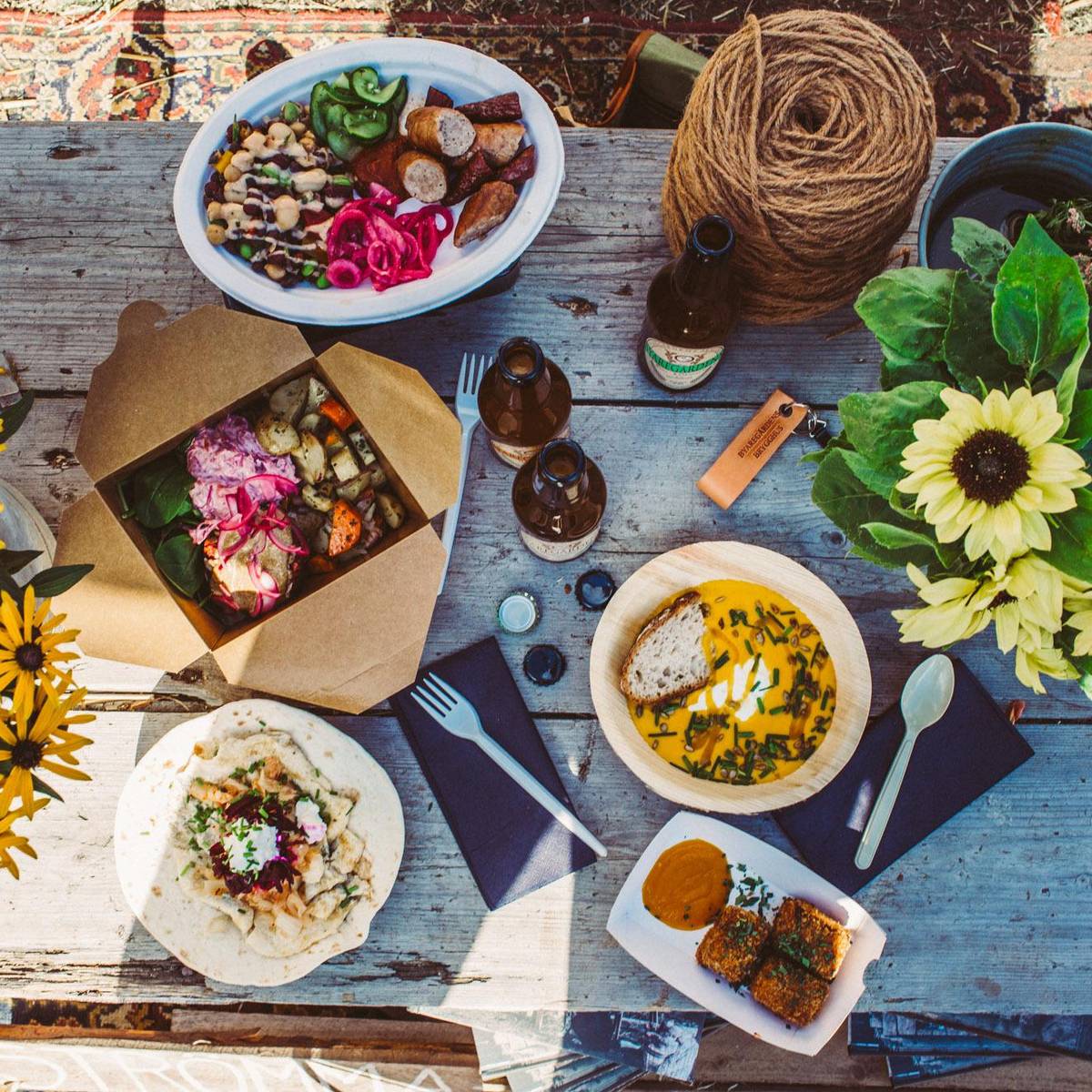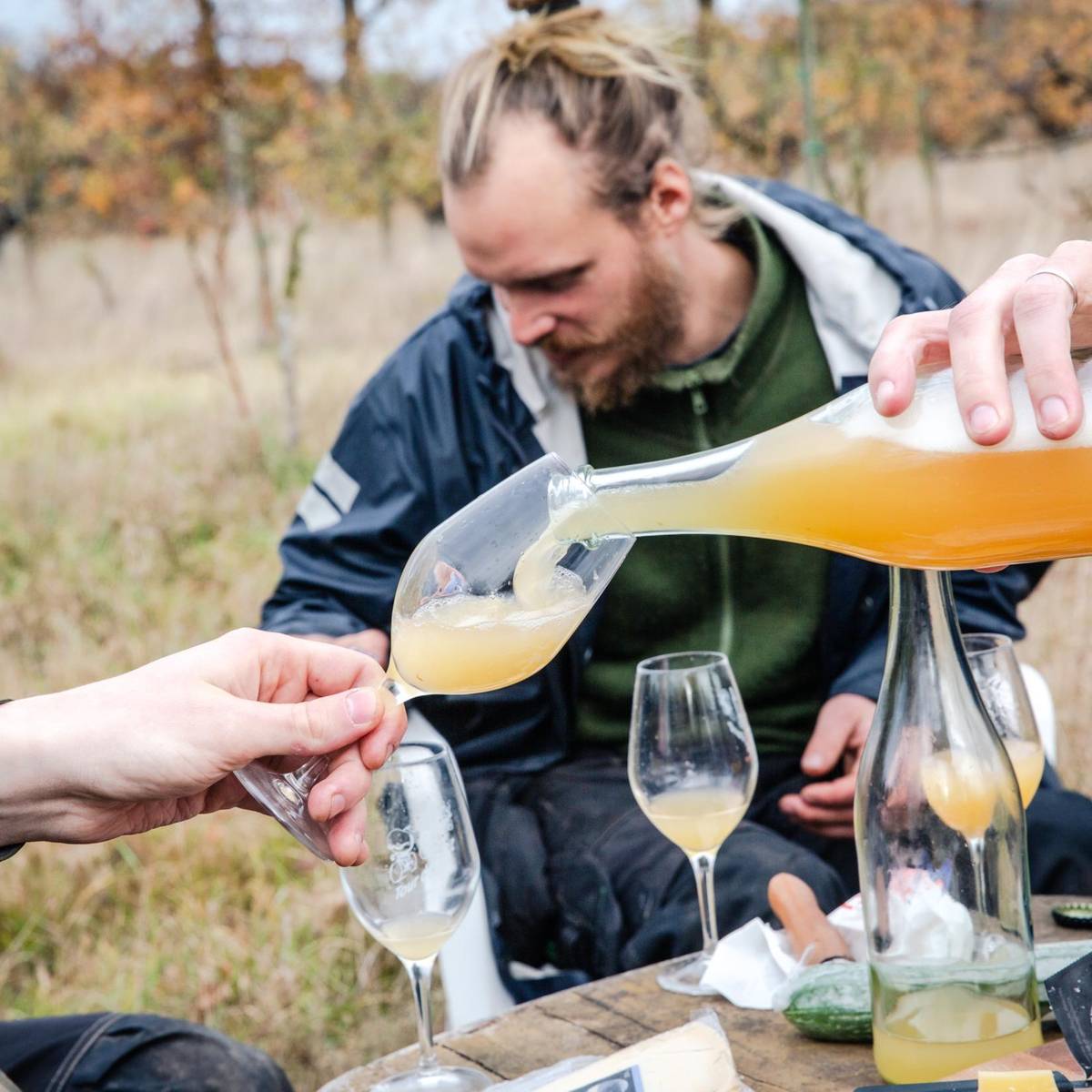Stretching more than 1,500 kilometres from well above the polar circle to the fertile plains of the southern tip, Sweden covers a number of climatic regions, allowing for a rich diversity of flora, fauna and traditions – and exceptional foraging.
Summer and autumn, Swedes of all ages and backgrounds forage mushrooms, berries and fruits. The varieties vary greatly from one region to another. There’s an overwhelming number of delicious mushrooms, over 500 wild berries and almost as many different kinds of apples. In the forests and plains grow blueberries, wild strawberries, cloudberries, lingonberries, rowanberries, elderberries and many more. Some are eaten fresh with milk or cream, other turned into homemade marmalade, jam or fruit syrup to be savoured during the cold season.
Many Swedes, including an increasing number of restaurants, have their own garden – at home or at their country house. Staple bushes in the gardens are red and black currant, gooseberry and garden raspberry. There’s usually rhubarb, and trees with apples, pears, plums and cherries. The more ambitious garden owners grow vegetables and create their own herb garden.
Traditional techniques and international influences
The need to preserve food in the rather harsh environment has been instrumental to the development of Swedish cuisine – extending the produce’s edible lifespan, be it through drying, smoking, salting or any other artisanal technique. The many pickled herring variations are perhaps the best Swedish example of this, most of them with a sweet and sour base. Cured salmon is another example. Gravlax used to be salted and buried in the ground to preserve until needed ('grav' meaning grave). Today gravlax is ‘buried’ under pressure in salt, pepper, sugar and chopped dill for anything between a couple of hours to a couple of days.
Coffee came to Sweden from Turkey at a time when Finland was part of Sweden, and the Finns are today the heaviest coffee consumers in the world, with Sweden a close second. In Sweden, 'fika' has become a cultural phenomenon, the coffee break Swedes take a couple of times every day, together with family, colleagues or friends. Fika means sipping a cup of coffee or tea, and often, but not necessarily, nibbling on 'kaffebröd' (collective name for small cookies, cakes or cinnamon buns) or a cheese sandwich. The coffee houses, traditionally called 'konditori', are what everything revolves around in cities and even small villages.
The vitality of Nordic gastronomy manifests itself in many different ways. Accompanying the lively restaurant scene is an increasing number of new, small-scale food and beverage companies popping up on the countryside as well as in the cities. Micro and nano breweries, mobile slaughterhouses, cider press and apple juice buses, stone oven bakeries, artisan cheese producers, growers of vegetable and herbs, organic pig and cattle farms. Many of these new artisanal products are created in close relation and cooperation with local chefs.
Source: The World's 50 Best Restaurants


